The British Shorthair cats are one of the most ancient species of cats so far. The United Kingdom’s Governing Council of the CAT Fancy (GCCF) has registered this cat as the most popular pedigree. It is as popular in the native countries of the UK.
There are so many variations of British Shorthair. The most familiar one is `The British Blue.` It is seen in most households in The UK.
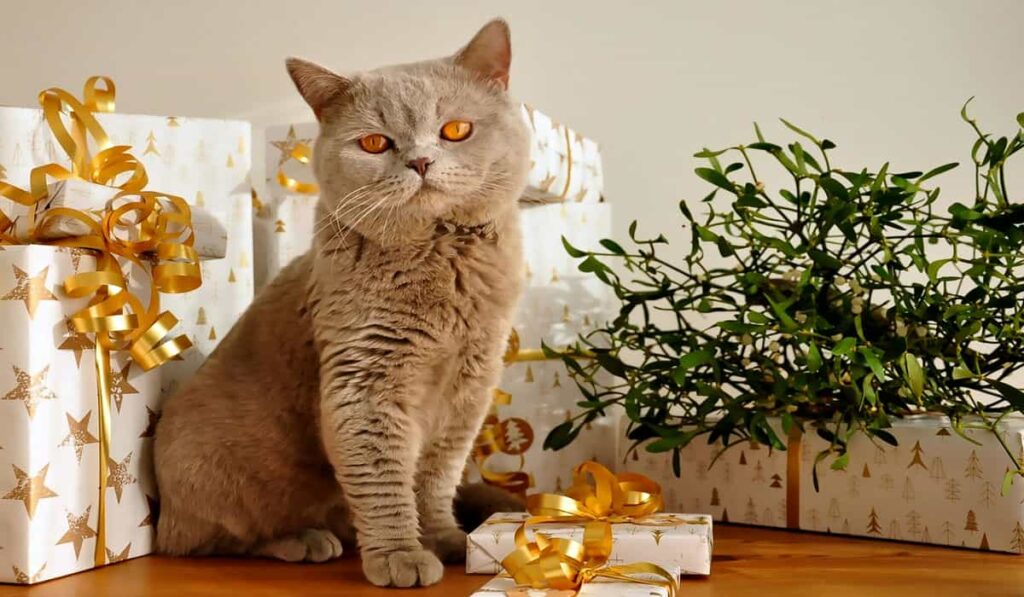

Jump to section
Breed specialty of British Short Hair
Their other name is British Blue. Once British Blue was available only in blue color. But nowadays, it has color variations. It is calm, quiet, mature, and friendly with people, even strangers and children, and also other animals.


It doesn’t achieve its final size until 3 to 5 years have passed; its life span is 17-20 years. The cats show their kittenish behavior and energy till maturity comes.
But once it matures, it becomes fully calm like old people. The cats are not lapping cats though they like to stay near you.
They also don’t like to walk from room to room and like to sit in their comfortable places. British Shorthair doesn’t get familiar until they know you very well and trust you but don’t show hostility to strangers. They also don’t like hauling.
So, always teach your children to show them respect. They grow up and get big but never get fat and bulky because of their food habit. Their head, body, eyes, and paws all are around. I don’t know why they’re as reserved as the British people.
Origin of the Breed:
Well, the history of anything is always long, including the British Shorthair. I am telling it in short as history isn’t the most important part.
The British Shorthair is not a British cat by origin. It has a traveling history. When the Romans came to England in the first century, they brought cats to save their tents and food from snakes and rats.
The Romans left England when they couldn’t conquer England, but the cats were spread all over the country and bred.
First of all, they got in touch with the British wild cats. After a long gap from the ancient time, when the first world war began, many British Shorthairs died because of the shortage of food and bombing and other reasons.
When the war has been concluded, a cross-breeding initiative was taken and the Shorthairs cross-bred with the Persian Blue and the Russian Blue.
Thus they got recognized as British Shorthair in 1970 when Cat Fancier’s Association (CFA) and the International Cat Association acknowledged that they’ll be called the British Shorthair.
Appearance Of British Shorthair:


Body
Can be medium to large but aren’t fat and bulky. The backside is level, and the chest is wide.
Head
Round and massive head size. The forehead is round, but there is a flat space on the forehead.
Ears
Medium-sized ears are broad from the base and thin upperside.
Eyes
Round and well-opened eyes seem to be frightened all the time. Eye color depends on coat color. Eyes are yellow, blue, grey, etc.
Legs and paws
Legs are generally medium in size. The bones are strong and wide. British Shorthairs are famous for their wide paws. The forelegs are straight and have five fingers in each.
Tail
Very dense, thick, and straight, not wholly or double coated.
Coat
Its name is Shorthair, so the coat is very dense because of Shorthair.
Color
The main color is blue, but due to cross-breeding, they’re available in White, Chocolate, Lavender, and Himalayan pattern.
Length
22 to 25 inches.
Height
12-14 Inches
Weight
7 to 17 pounds. Male cats are larger.
Life span
15-20 years.
Caring, grooming, and exercise tips for British Shorthair cat
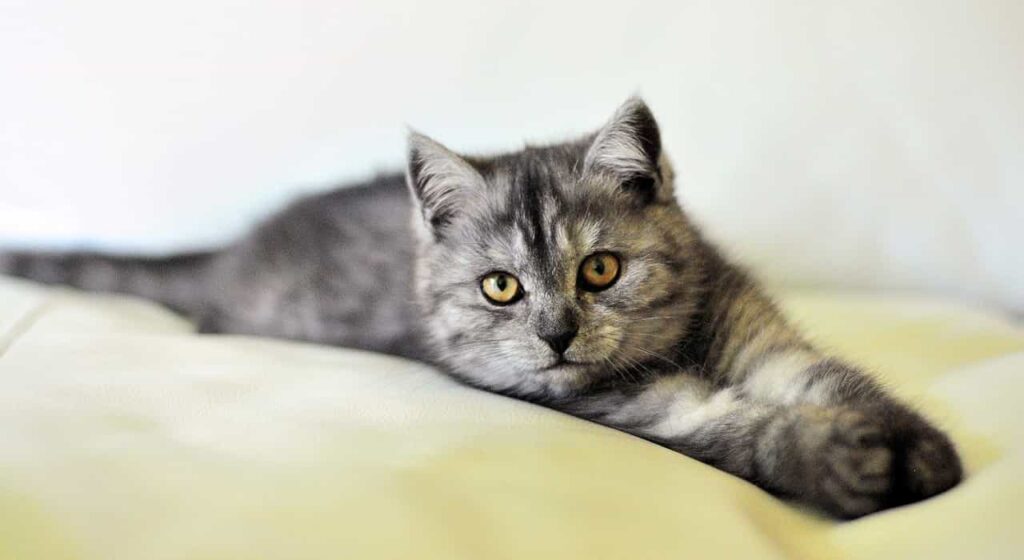

As all the cats are not fond of water, keep them dry and far from washrooms, kitchens, and swimming pools. Brush their body 2 times a week to remove dead hair and skin sells.
In winter, you should brush them 3 times a week because of seasonal shedding. Their lums shouldn’t be spread all over the home.
Trim their nails regularly and keep their teeth clean. A regular visit to the Veterinarian and vaccination are a must.
Always keep them home for security because there are cars on the road and other animals outside.
Engage your British Shorthair with exercise and play with feather wands, toy mice, and any other favorite toy.
Make sure your cats climb up and down like wild cats to eliminate diabetes and other heart-related issues. Get them bathing with a mild shampoo but with a long gap.
Living needs Of British Shorthair:
British Shorthairs are not compromising. they‘re very much conscious about their living place and the love and attention of their owners.
So, provide them with at least an oversized litter box in their adulthood. It is the best way to choose a litter pan according to your pet’s nose its tall size and a long cat tree so that they can jump and climb on the window.
Feliway optimum can be the best way to solve stress and mental problems and Feliway solutions.
Health and problems Of British Shorthair:
Like the British, Shorthairs are healthy and live up to 20 years. But like other animals, they face some health issues as well.
Those are- Hyper Trophic Cardiomyopathy (HCM) and Hemophilia B. This problem thickens the muscular walls of the cat’s heart, which causes difficulties in breathing well, making the cat lethargic and gloomy.
The cats also suffer from appetizing problems as they become older. They also have some urinary tract and Kidney issues.
So, you’re requested to bring your cat to the reputed breeders whose adults are healthy and serious disease free. Also, take your British cat to the Veterinarian once a year for a regular check-up.
Choose the breeders from these websites who can provide you with a healthy kitty- Can Francis Association, Cats Center Stage, Francis breeder referral list, and The International Cat Association.
Food and nutrition:
The best food and nutrition for a British Shorthair is animal protein. Vegetables and grains are unnecessary.
The British shorthairs’ not fond of water, so you can give them water once or twice daily. Don’t feed them more than 2 times a day.
Keep in mind that our pets should not be fat. Don’t leave food all day long; for kittens, you should feed them thrice a day.
Temperament and Nature:
When British cats get tempered, they are unbeatable. They’re active, affectionate, and smart, But they don’t like to show off. British shorthair can even open your refrigerator.
However, they’re friendly and social but never try to get intimate with their owners and don’t like hugging too much.
British shorthair’s are ambiverts and conscious about their personal spaces. Sweetness, loyalty, personality, and calmness have come together in their nature.
British Shorthair cats are generally known to be friendly and affectionate with their owners. They are known to be a calm and relaxed breed, and they tend to be good with children and other pets.
They are a great option for families or individuals looking for a low-maintenance, laid-back companion.
However, like with any pet, the personality and behavior of an individual cat can vary, so it is important to spend time with a specific cat to get a sense of its personality before adopting it.
Some fun facts about British Shorthair:
- The British Shorthairs have made their place in literature. We see the CHESIRE CAT in Lewis Carrol’s fairytale `Alice in Wonderland.`. The Cheshire cat resembles the British Shorthair.
- The animation character `Puss in Boots is known as a British Shorthair though its accent is Spanish.
- There is a cat named Coby, a British Shorthair, with 1.5 Million Instagram followers.
- The British Shorthairs are the first breed of cat fancy.
- The first cat show was held in 1874 at the Crystal Palace, London. A 14-year-old Blue Tabby got the first position.
- In the film `Garfield-The Movie`- Arlene, Garfield’s girlfriend, was a British Shorthair.
- In Hong Kong, a British Shorthair became a national celebrity named Tsim Tung’s brother, cream, who was an employee at a convenience store in Hong Kong. He has a sister named Sister Cream.
- There was A British Shorthair Cat named Smokey, the world’s loudest cat. It could make the world’s loudest purr.
- The father of cat fancy Harrison William Weir RI (5 May 1824- 3 January) wrote “My first love will always be for the shorthaired domestic cat.”
- These are 30 different colors and patterns and colors of the breed.
- Some people love to call them ‘Teddy Bear cats’ because of their chubby cheeks and big rounded eyes.
Some useful information you need to know about The British Shorthair:
Affection level | HIGH |
Friendliness | MEDIUM |
Kid-friendly | HIGH |
Pet-friendly | HIGH |
Playfulness | MEDIUM |
Energy level | MEDIUM |
Intelligence | HIGH |
Tendency to vocalize | LOW |
Amount of shading | High in shedding season |
Exercise needs | MEDIUM |
Breed overview of British Shorthair Cat:
British Shorthair is basically a calm and polite breed but they don’t reach their actual size and nature till 5 years of age and continue their kitten-like behavior.
Once they become mature, they are calm and well-behaved. British Shorthairs are affectionate but not dependent.
They’re very friendly and sociable but may not get intimate with strangers until they can trust anyone fully. They’re wonderful companions for well-behaved children and other pets. A Sun-loving pet- loves to sleep in the Sunlight all day long.
Bluecoat color and solid coat pattern are the trademarks of British shorthairs as if it is a separate breed. But other colors and coat patterns are also accepted. Their eye colors depend on their coat colors.
Adopting a British Shorthair:
Well, you can search the websites of the Cat Fancier’s Association (CFA), Cat Center Stage, Fanciers breeder Refferal LIst, and The International Cat Association (TICA) for the popular breed.
There is a fun way to get them. You may attend the cat shows nearby. There are so many cat breeds available in cat shows.
So, you may choose your desired kitty from there. The breeders are glad to tell and educate people about cat breeds. So, you have a golden opportunity to get high-quality breeds and know about them. Search on the internet by typing `cat shows near me.`
British Shorthairs are rarely found in shelters until the death, divorce, or financial crisis of their owners but you may also ask there to get them.
There are some shelters where you can search the breed- Petfinder, and adoptapet.com.
Don’t adopt a pet from those breeders who tell you that their kitty doesn’t have any health issues or doesn’t have adequate knowledge about pets.
Conduct a DNA test before adopting them. Don’t buy from a breeder that doesn’t give you a health guarantee certificate.
Always buy your pet from a breeder that follows the code of conduct such as not selling the kitties until they reach the age of 16 weeks.
In states with `Pet Lemon Laws`, make sure that your provider knows and obeys the law and always maintain very good contact with the providers r so that you contact them when you need.
What are the Differences between British shorthair and Russian blue?:
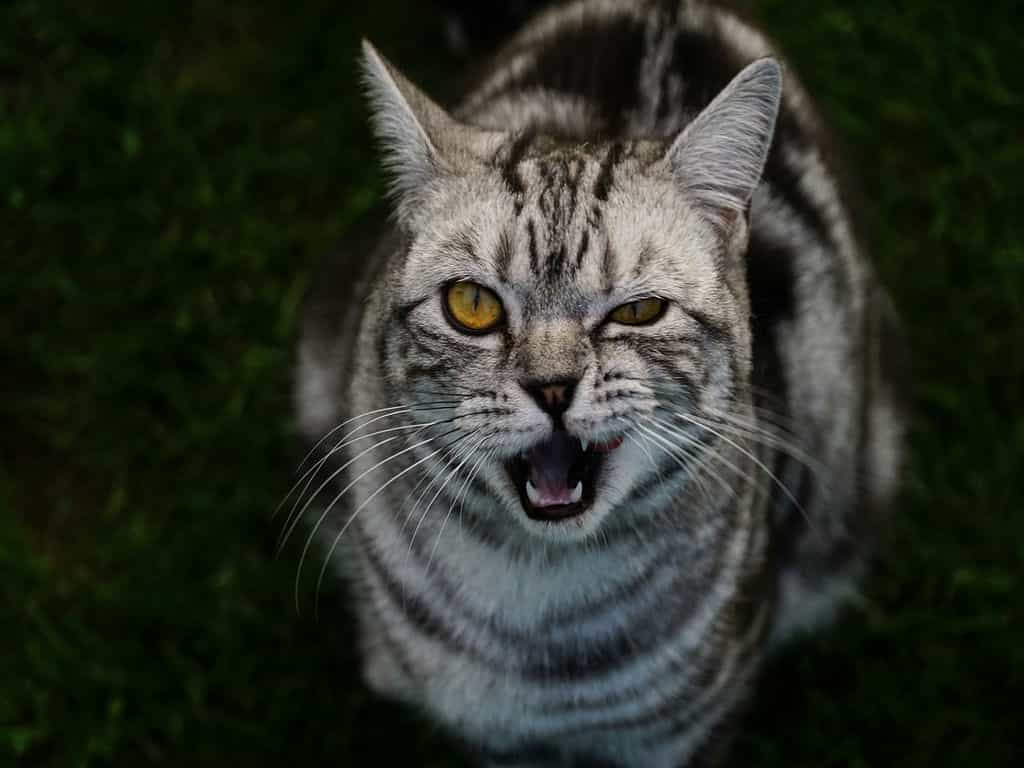

Though the 2 breeds look the same there are some distinctive differences:
- British shorthairs can be up to in 30 different colors and almost 7 different shades while Russian blues comes only in blue color.
- British shorthair’s eye colors depend on their coat color and Russian blues are born with gold eyes and when they grow up, it turns to green.
- British Shorthairs are slightly taller and heavier than the Russian Blues.
Things About British Shorthair cat You May Not Like:
- They shouldn’t be left alone for long hours during the day. Though they’re very calm and have the same personality as the British, they don’t like to stay alone for long hours.
- They pull their nose when you take them in your lap or carry them across the house.
- Their short coats shed a lot in the shedding season (Spring).
- Gets fat and lazy in later years.


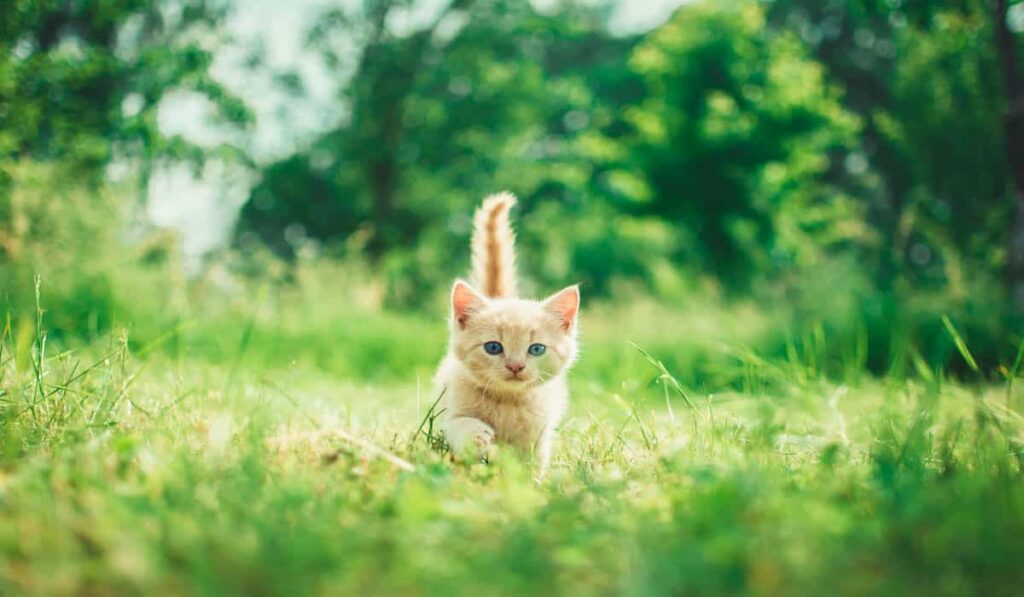

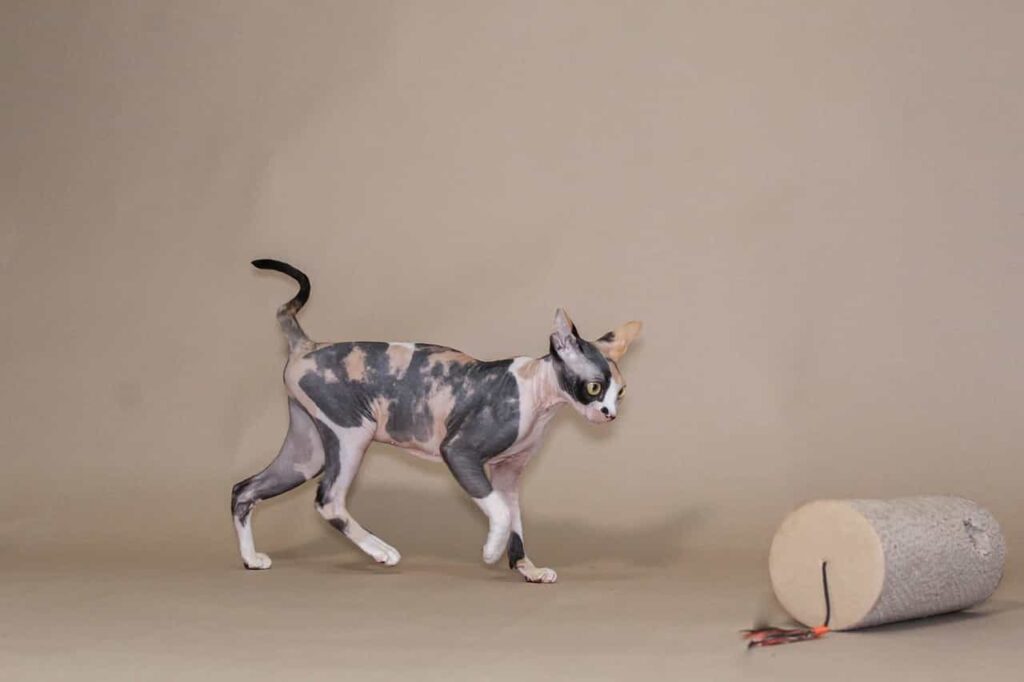
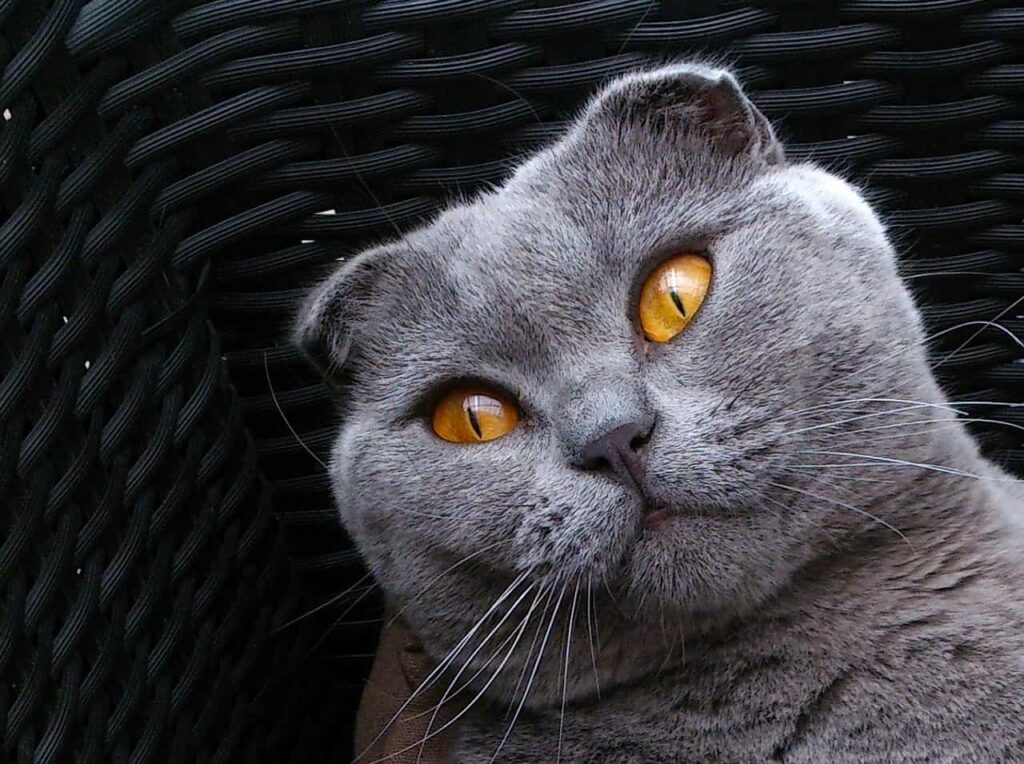
Pingback: What Makes Ginger Cats So Special? Find Out Here! - catplanning
Pingback: The Truth About Black Cats: Myths, Facts, and Secrets Revealed